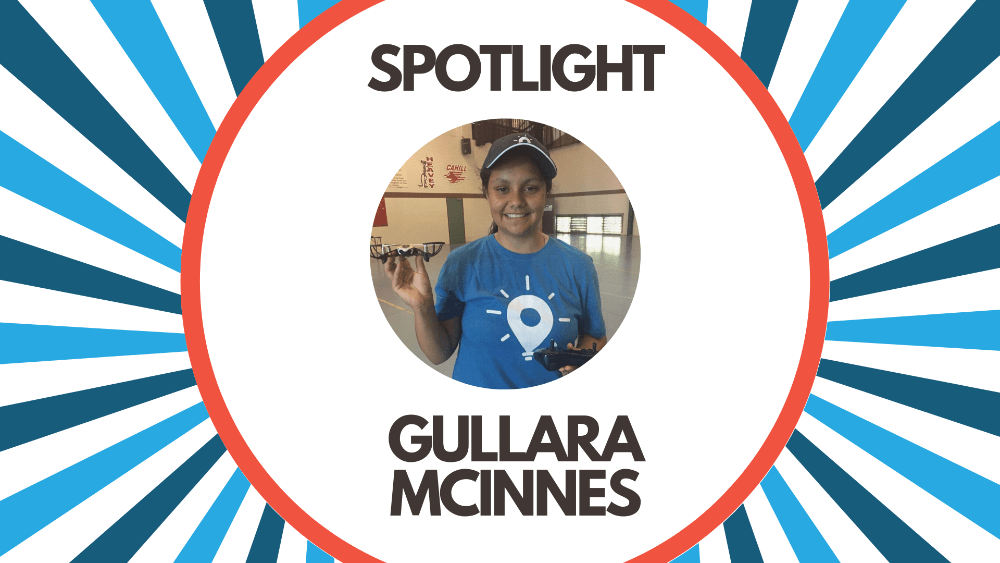
Score another drones-for-good point for Australia’s UAV and geospatial education provider SheMaps, whose aerial tech introduction and training have led a young Queensland woman to take to the skies in an effort to safeguard the history of the Aboriginal Koko-Muluridji people’s Wallara clan.
The deployment of drones at the service of Wallara clan traditions is the direct upshot of 19-year-old Aboriginal student Gullara McInnes discovering the tech during a 2017 event organized by SheMaps, which offers a variety of UAV, mapping, geospatial, and other STEM courses to Australia’s young people. The goal of SheMaps is as simple as it is inspiring: introducing and teaching students about change-driving technologies that can lead to productive, well-paying jobs that companies and public services often can’t fill fast enough.
Read: Aussie company teaches drones in school to remedy a worsening surveyor shortage
McInnes, now a Bachelor of Science student at James Cook University, was immediately bitten by the drone bug, forming a UAV club at her high school while pursuing other STEM activities like coding during continued participation in SheMaps programs. At some point while building her understanding and skill with drones, McInnes realized how she could use that modern tech to preserve the history and ancient traditions of her Aboriginal Wallara clan.
“Some of our Elders passed away and others were physically unable to point out certain traditional sites, (so) we were faced with a problem,” McInnes was quoted in a release by the by cultural PR agency, Zanthii Communications.
With those human repositories of Wallara memories and rites increasingly unable to get to sacred Aboriginal places to pass their meaning and significance to younger generations, McInnes decided to use drones to establish an aerial and imagery connection between the spots and elders. That approach proved even more valuable when she discovered making it to the venerated destinations wasn’t always easier for the younger set, either.
“There are big trees that surround the locations and restrict us from easily accessing them,” she said. “That’s when I decided to use two drones – one to provide a bird’s-eye view and the other to get under the canopy – to enable our local Elders to identify the different sites, all using modern drone technology.”
But McInnes didn’t limit her drone activities to keeping Aboriginal Walla clan history alive for future generations, and instead went a step farther by creating valuable maps to deal with the problematic flora her craft encountered.
“There are a lot of non-native trees and grasses that threaten the important sites,” she said. “By using geospatial mapping, we are able to use that data to safely burn these grasses without endangering the sites or any surrounding environments.”
Read: After rats, Galápagos Islands drones combat invasive plants
Her work with drones earned McInnes the National Aborigines and Islanders Day Observance Committee’s 2020 “Caring for Country Award,” and she has recently been chosen as the keynote speaker at the STEM Aboriginal Learner Congress in August.
In addition to recounting her work with drones to preserve Aboriginal traditions for future generations, McInnes is likely to encourage attendees to follow the determined trajectory SheMaps helped launch her on with its UAV and other educational programs.
“I’m a girl who loves science and drones, and no matter what people say, I’m not stopping until I’m the greatest female drone pilot in Australia,” she said. “Then I’m setting my bar to global recognition, and I hope that one day, I’ll be able to teach the operation of drones to students… I choose to live by the mantra, ‘The woman who follows the crowd will usually go no further than the crowd. However, the woman who walks alone is likely to find herself in places no one has ever been before.’”
FTC: We use income earning auto affiliate links. More.



Comments